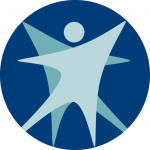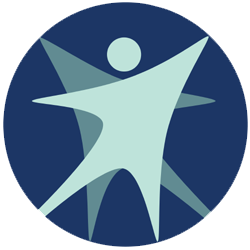Health Agency Urges Parents, Caregivers to be Aware of Signs of Self-Harm After School Breaks
Data show increases in self-harm coincide with returning to school in September and January
As students begin the spring semester, the Department of Health Services (DHS) encourages parents and caregivers to be aware of Wisconsin Emergency Department data from the National Syndromic Surveillance Program that shows young people experience large increases in self-harm injuries at certain times of the year, including when school resumes after the winter holidays.
“The start and return of school can be stressful for young people and families,” said Paula Tran, State Health Officer and administrator of the DHS Division of Public Health. “Parents, guardians, teachers, mentors, and others can support the young people in their life by knowing the signs of self-harm, talking openly about the struggles youth are facing, and listening to what young people have to say without judgement.”
Signs that a young person may be self-harming include:
- Increased secrecy.
- Emotional withdrawal or changes in mood and behavior.
- Reduced time with peers or family members.
- Unexplained cuts, burns, or bruises; these typically occur on the arms, legs, and stomach.
- Finding razors, sharps, knives, or other items that may be used to self-injure.
- Keeping arms and legs covered even when it is inconvenient to do so.
Parents or guardians and others looking to help a young person who is self-harming can take the following actions:
- Do not ignore the problem or treat it like a passing fad.
- Listen to them without judgement. Do not try to problem solve or put things in a more positive light for them, but instead focus on confirming what you are hearing them tell you.
- Recognize when the help of a professional is needed. You can find information on the signs of a mental health crisis, including situations that require an immediate call for professional help on the Crisis Services: Identifying a Crisis page.
“Have regular check-ins with your child. Listen nonjudgmentally. Discuss healthy coping skills to manage academic and social stress. Encourage healthy habits – physical activity, adequate sleep, nutritious foods – all of which help to build resilience,” said Office of Children’s Mental Health Director Linda Hall. “95% of kids trust their parents to provide them with the right information and when it comes to mental health, they are ready to talk.”
“People who self-harm can and do recover,” said State Health Officer Tran. “Parents, guardians, and others are crucial support systems for young people. Talking openly with and truly listening to a young person who is self-harming and working with them to get them connected to the resources that meet their needs are important ways to support their mental health and well-being.”
Self-harm reduction among adolescents 10-19 is a key focus area of DHS suicide prevention efforts funded through a grant from the U.S. Centers for Disease Control and Prevention (CDC). Other grant activities include promoting peer leadership programs designed to increase well-being, help-seeking, resiliency, healthy coping, and belonging in youth; and educating health care providers to use caring contacts for follow up and to support patients released from care for self-harm or suicide attempts.
More information about self-harm and strategies to build resilience can be found at dhs.wisconsin.gov/injury-prevention/self-harm.htm. The Office of Children’s Mental Health recently held a video briefing regarding their annual report, which details concerning trends and shares actions we can all take to improve young people’s well-being.
The 988 Suicide & Crisis Lifeline provides free and confidential support for anyone experiencing a suicidal, mental health, and/or substance use crisis. People of all ages who need help for themselves or a loved one can call, text, or chat 24/7 to be connected with a trained counselor.
NOTE: This press release was submitted to Urban Milwaukee and was not written by an Urban Milwaukee writer. While it is believed to be reliable, Urban Milwaukee does not guarantee its accuracy or completeness.
Mentioned in This Press Release
Recent Press Releases by Wisconsin Department of Health Services
Wisconsin Receives $203 Million in Federal Funding to Support Health Care Innovation and Partnerships in Rural Wisconsin
Dec 30th, 2025 by Wisconsin Department of Health ServicesInvestment in workforce, technology, and care coordination
DHS Confirms First Pediatric Respiratory Illness-Associated Deaths
Dec 18th, 2025 by Wisconsin Department of Health ServicesEncourages everyone 6 months and older to get vaccinated against respiratory viruses to protect against serious illness and spread of disease
DHS Continues to Recommend Hepatitis B Vaccine Dose within 24 Hours of Birth
Dec 11th, 2025 by Wisconsin Department of Health ServicesHealth officials reviewed safety and effectiveness of hepatitis B vaccine, issuing guidance to parents, clinicians






















